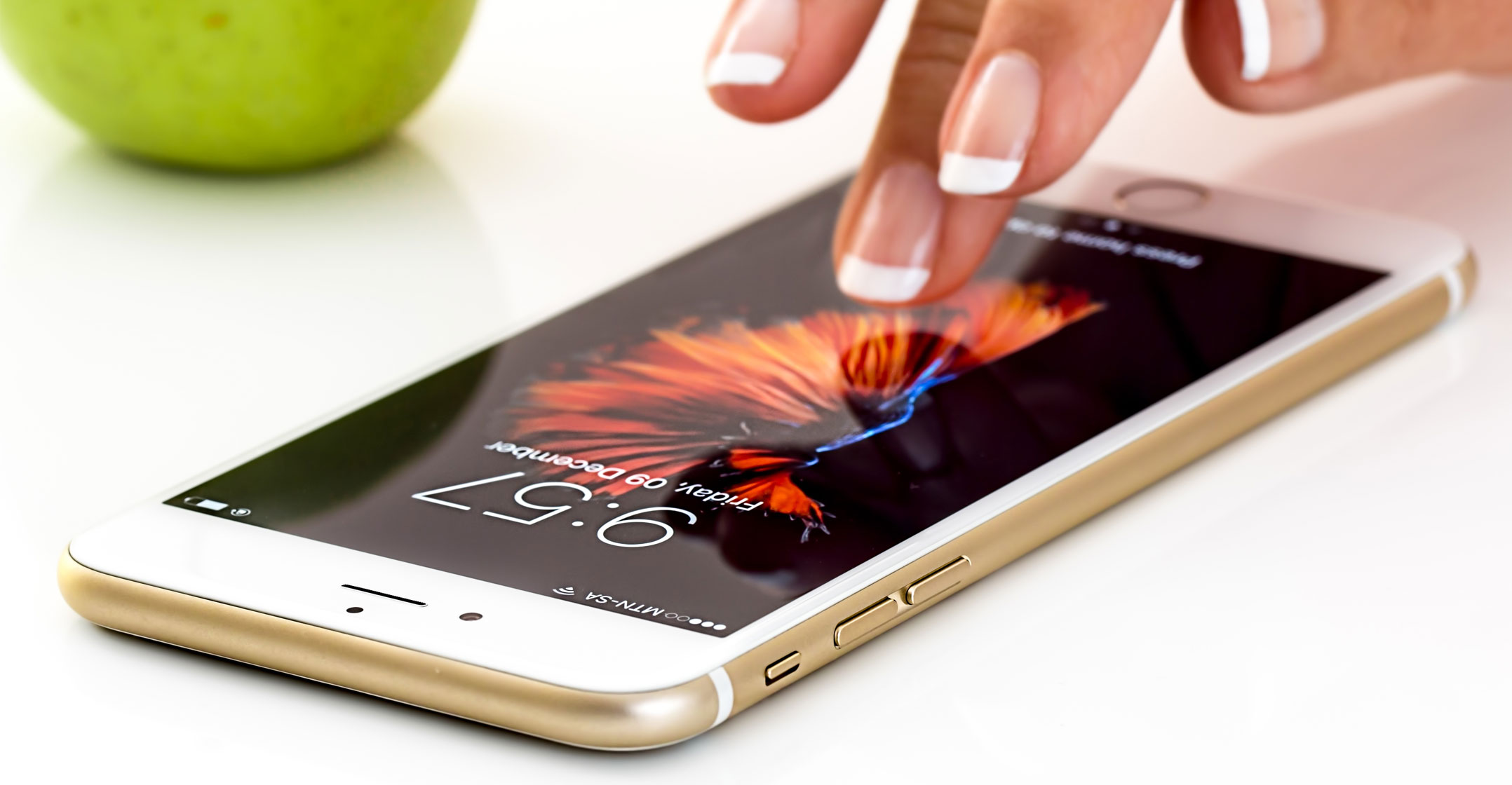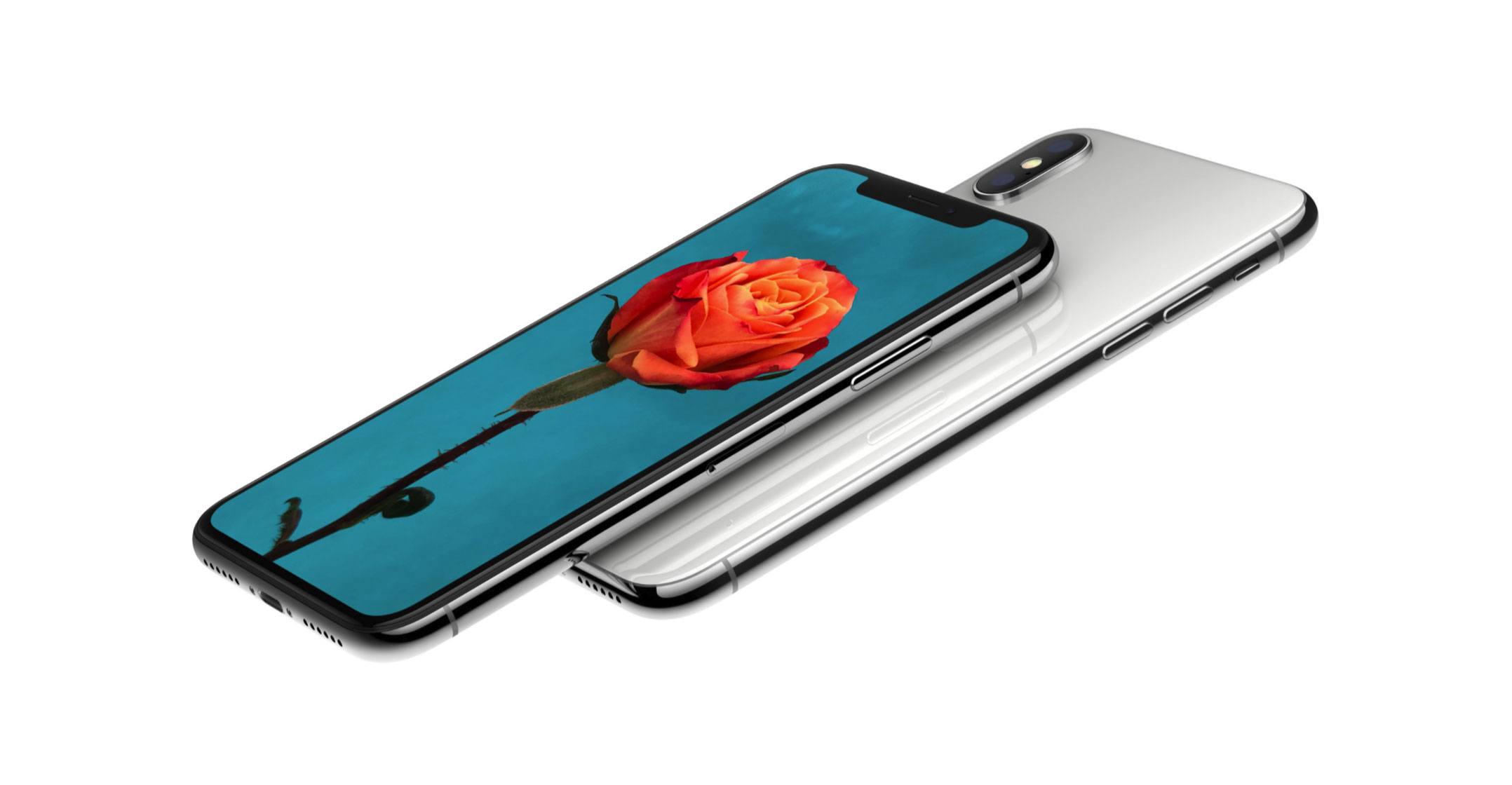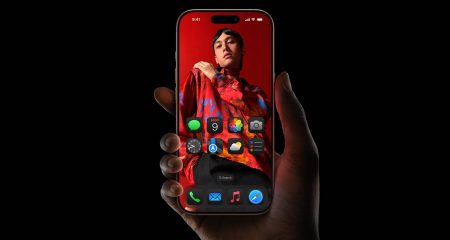
Artificial intelligence chips will be standard in smartphones in five years’ time and will underpin a range of machine-learning applications, according to a new research report.
Deloitte has published its global predictions report (PDF) for 2018, detailing some of the major changes it expects in the technology, media and telecommunications industries over the next five years.
“Dedicated AI chips are likely to have become standard across smartphones by 2023 and most commonly used to assist machine-learning applications, and in so doing take load off the main CPU for these tasks,” it said. Last year was the first in which premium smartphones started incorporating AI chips.
“By 2023, dedicated AI chips are likely to become standard in smartphones at all price points, as happened with fingerprint readers.”
AI, combined with improved software, will deliver better recommendations on routes, more realitistic augmented reality applications and more compelling photos.
There is also likely to be an increased range of sensors in smartphones over the next five years. One sensor that may become mainstream is a forward-facing infrared camera that may end up usurping the fingerprint sensor as the primary biometric authenticator.
Smartphones that retain a fingerprint sensor are likely to feature upgraded components, and by 2023 these may be “ultrasonic”, allowing them to work through glass and metal and even when fingers are wet or greasy, it said.
GPS receivers are likely to become more accurate, delivering more precise location information — to within 30cm, against the 5m in 2017.
The average smartphone sold in 2023 will have 128GB or more of storage, compared to about 32GB in 2018. RAM is likely to range between 2GB and 16GB.
Batteries
However, battery technology is one area that is not likely to see a big leap forward. “By 2023, lithium-ion is likely to remain the basis of almost all batteries used in smartphones,” it said. “As of late 2017, there were no battery technologies on the horizon that appeared to be sufficiently stable and mature to be tested and factored into supply chain that could displace lithium-ion.”
But it’s not all bad news on that front as processors are set to become more efficient. Also, splitting off processing tasks to other chips aside from the CPU will help reduce demand on the battery.

By the end of 2023, the smartphone is likely to be used as a substitute for keys, office entry cards and credit, debit and stored-value cards (including for transportation), Deloitte said. “This will lead to smartphones being increasingly used to authenticate access to physical and digital environments, including homes, offices and hotel rooms, cars, buses, trains and planes, corporate information systems, and e-commerce and banking sites.”
Meanwhile, software will play an increasing role in smartphone photography. “This should allow smartphones to get closer to the quality and characteristics of images captured by much larger, heavier and bulkier traditional cameras.”
Within five years, Deloitte expects that 5G networks will have been launched in most developed markets, offering much greater capacity and connectivity speeds. Even 4G/LTE connections will have broken the 1Gbit/s barrier. — (c) 2018 NewsCentral Media




